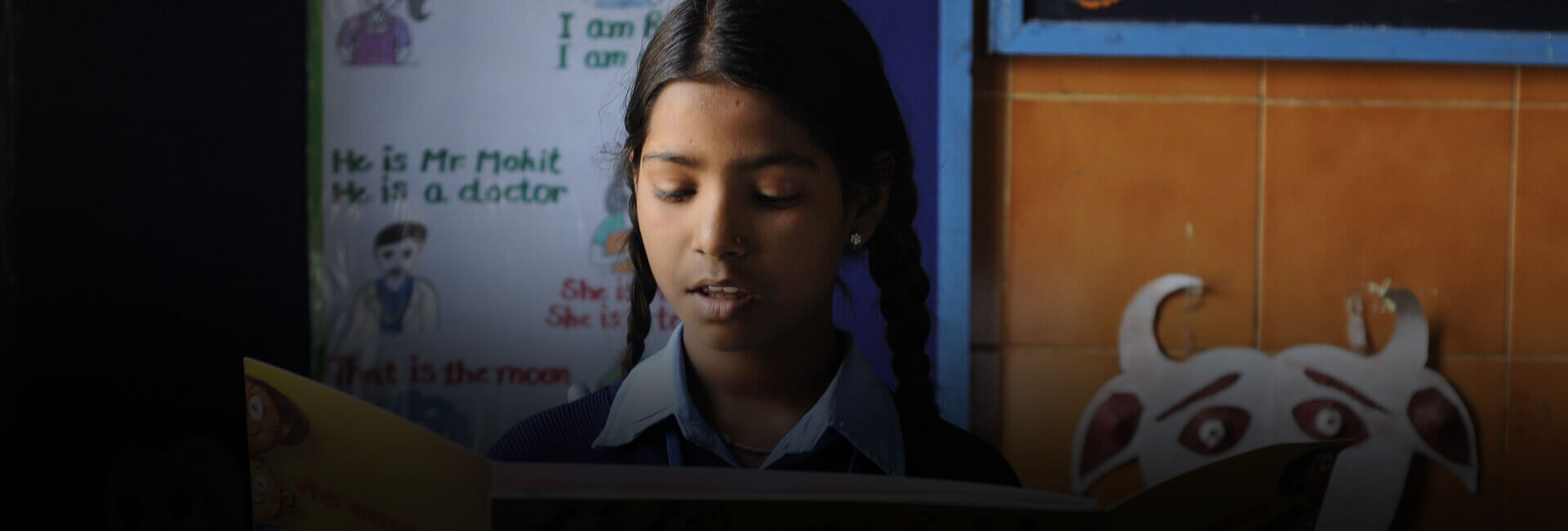Why children are most vulnerable during a natural disaster
In any calamity or natural disaster, children are always the biggest victims. They are incapable of rebuilding their lives, or even rushing to safety independently, and left to the whims of others. They can easily be coaxed into servitude and even exploitation with the promise of food and shelter, by predators, in the form of human trafficking criminals. An annual spate of floods and earthquakes render children vulnerable to many risks. These risks, in the contexts of children, must be acknowledged to enable civil society, government bodies and concerned individuals to help them.
1. Diseases and injuries
Waterborne illnesses like cholera, dysentery, and viruses spread in the contaminated, dirty water found in the wake of the most common calamity, floods. This is exacerbated by sanitation issues, which can cause diarrhoea at camps and shelter sites. This causes malnutrition, further compromising children’s immune systems, and making them more vulnerable to disease. Additionally, children in relief camps also need medical attention to keep them safe. Even small scratches can lead to infection from tetanus. Having to struggle against the elements in times of crisis can lead to muscular and skeletal damage in vulnerable children.
2. Malnutrition
The first thing to be ensured after identifying and bringing calamity survivors is steady access to nutrition. Clean water, milk, and hygienically prepared, nutritionally rich meals are essential for growing children, as they can easily get nutrient deficient. People who donate to NGO fundraising in this time of need ensure that rations prevent starvation. And, as soon as the first phase of rehabilitating survivors concludes, it is important to rebuild long-term access to nutrition for a complete diet rich in protein, fat, carbohydrates and essential minerals, without which malnutrition can take place. For India’s largely agrarian societies, who witness their farms and cattle being lost in calamity, there is a nutrition crisis that must be addressed.
3. Child abusers and traffickers
Child abuse and trafficking can run rampant at a rescue shelter, if safekeeping and security measures are not initiated. Unprotected by parents or guardians, children can be kidnapped, or lured with the promise of better shelter. food and the promise of escaping their imminent poverty. Predators can steal children overnight, and even offer large sums of money to parents to ‘buy’ children. Parents who are desperate for any source of money after losing their livelihood often yield to these offers. However, while they were promised stable employment and good homes, these children are only forced into servitude.
4. Children dropping out of school
Having to face the physical and psychological losses from disasters can demotivate children, as they lose the fragile link to education established by the government and civil society. These children, who hail from poor regions will lose their precious schools, books, stationery, and uniforms. The need for sustained intervention by government bodies and NGOs is necessary, to ensure the continuity of formal schooling to prevent high rates of dropping out.
Read Also: Top Fun Activities Organized by NGOs
Conclusion
Children, expecting mothers, and new mothers all can expect health risks during and after a disaster. We should not take this risk to thousands of children for granted. Bal Raksha Bharat, a leading child rights NGO, is a leading force in rescue and rehabilitation of communities during disasters. The NGO rapidly provides an emergency response, enabling affected families to achieve recovery to fight child mortality, and rebuild communities. This is through the NGO’s Emergency Preparedness and Response Plan (EPP) that is carried out by employees, partners, and volunteers. Bal Raksha Bharat also runs child-centred and community-based preparedness programmes across vulnerable communities. Donate to charity to make a difference today.





